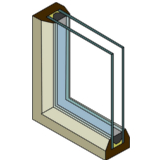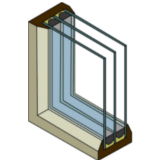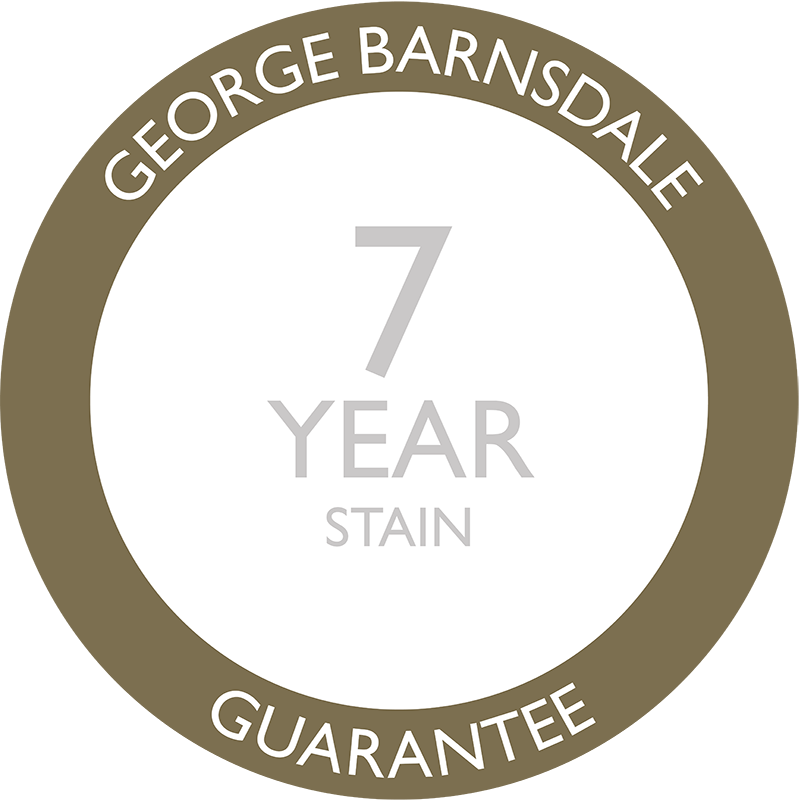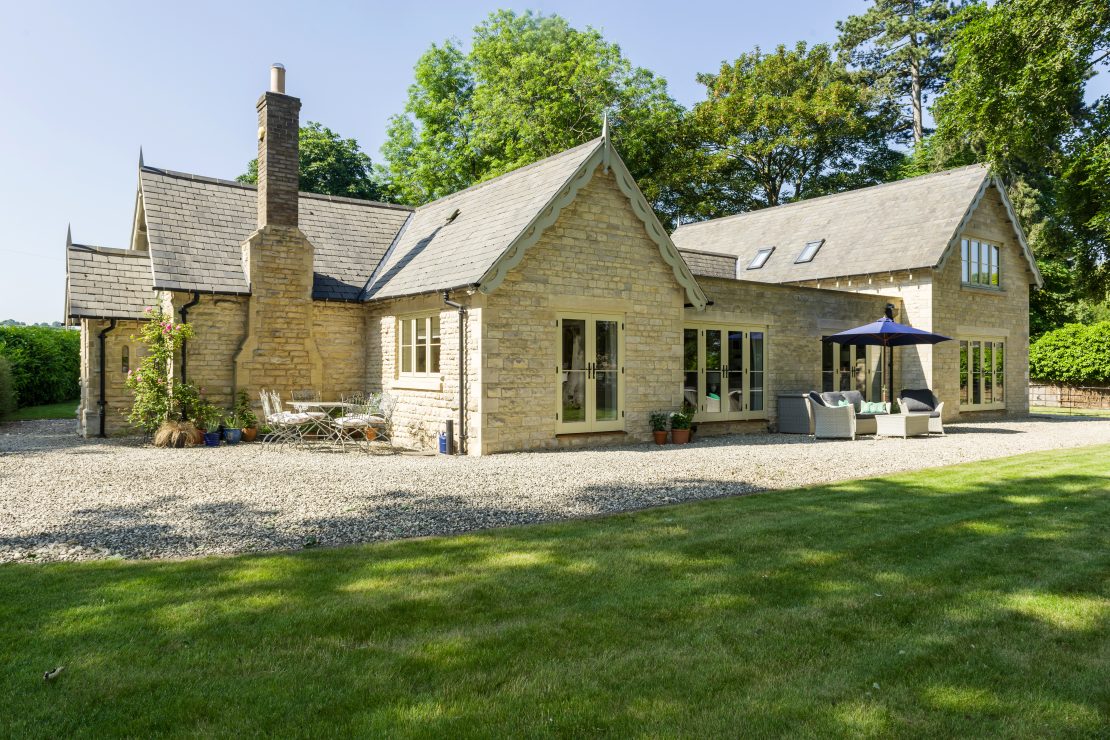December 6, 2017
If you are looking to upgrade your glazing and save a bit of money in the process, then let us take you through the basics of energy efficient double glazing and what you should be looking for in your next windows and doors.
Double glazed windows are designed specifically to help keep the heat in and the cold out. Two sheets of glass are separated by a gap of usually about 16mm to create an insulating barrier and are then filled with an argon gas to increase the efficiency.

A recent study conducted by Which? found that for many households, having double glazing installed is a key way to reduce energy bills. In fact, 44% of people surveyed who have double glazing said that they bought it to make their home warmer, and 40% to reduce their energy bills.
The improved insulation over single paned windows not only results in fewer draughts and cheaper heating bills, but also helps keep noise out and reduces the amount of condensation on the inside of your window.
If all that wasn’t enough then double glazed windows also help to reduce crime rates. As double glazed glass is more difficult to break than single glazing.
The Energy Saving Trust recommends that by installing B-rated glass you will save between £75 and £100 per year, this increases to £85 and £110 per year with A-rated glass. A saving of between £1.5k and £2.2k over the standard life cycle of a new set of single glazed windows.
Triple glazed frames are available, but not always a better option than their double counterparts. The gap between the sheets of glass are usually narrower and more often than not filled with a more expensive gas called krypton.

Windows are rated on their efficiency and vary from A++ to E rated, but also adhere to a wide variety of other performance criteria ratings, such as U-Values, G-Values and LT. Read our Understanding energy ratings and performance values for a further explanation of these.
Glazing
The most efficient types of glazing are low emissivity and contains an invisible layer of metal oxide, which allows heat and light in, but limits the internal heat escaping out.
Frames
The benefits of timber on the environment alone far outweigh the need to look at the alternatives and don’t be fooled by the many myths about efficiency or lifecycle of timber. In fact, the efficiency is mainly down to the glazing and not the frame and timber frames are likely to last twice as long as their counterparts if they are looked after and maintained properly.
Timber frames must also be used in conservation areas, where replacing windows with existing wooden frames.
Energy efficient doors
It is not just windows that can help conserve energy, doors can be insulated and draught proofed to help maintain the heat. As with windows, building regulations state that new doors require approval from the relevant authorities.
Most new external doors should include a draught proofing system, which will help reduce heat loss and prevent the warmth escaping.
Fitting draught proofing to doors and windows can help reduce energy bills by approximately £25 a year.




















